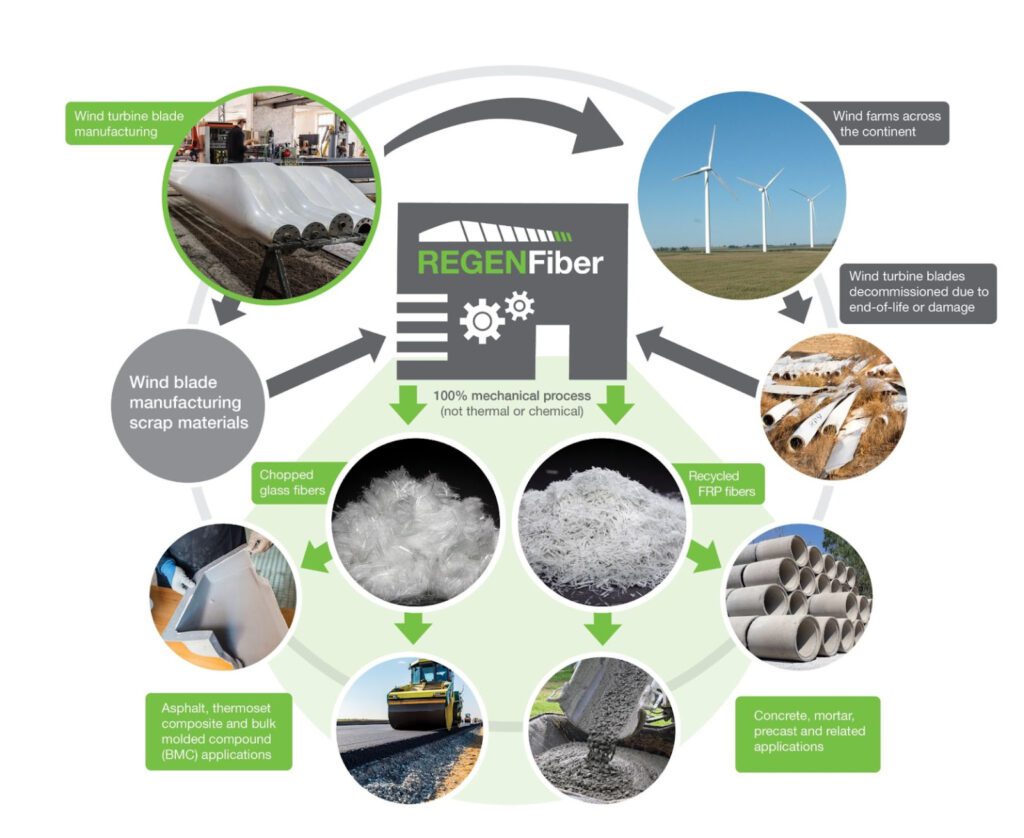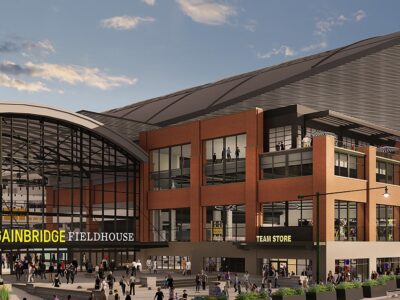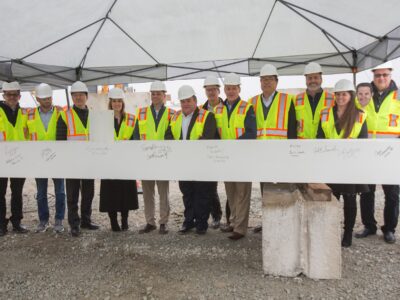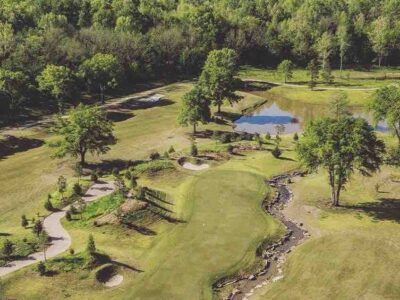One of the ironies of renewable energy sources is that materials used to create the energy don’t last forever. Solar panels and wind turbine blades fall into disrepair over time and must be replaced. This fact means they must either be repurposed for other uses or sent to the landfill, where they might contribute to the very climate change they once battled.
Regen Fiber aims to prevent the latter from happening. The Cedar Rapids, IA-based company produces recycled fiber-reinforced polymer (FRP) and glass fibers from old wind turbine blades for use in concrete, asphalt, composites, and bulk molding. Regen’s proprietary technology repurposes waste materials generated at both ends of the blade lifecycle without using thermal or chemical processes.

The company’s primary end product is a reinforcement fiber designed to increase the strength and durability of mortar uses and concrete such as pavement, slabs-on-grade, and precast products. The company also makes microfibers and additives from wind blade components for various composite, concrete, and soil stabilization applications.
Regen’s mission is to find eco-friendly ways to dispose of turbine components — a growing challenge in the wind industry.
Much of the work involves preventing decommissioned blades from ending up in landfills by repurposing them for other uses.
Founded by experts in fiber-reinforced materials, the company is owned by Travero, a Fairfax, IA-based logistics solutions provider for trucking, rail, trans-loading, and warehousing industries.

In a January press release, Jeff Woods, Travero’s director of business development, said Regen Fiber is entering the market “at the perfect time” because of rapid growth in the wind industry. Wind turbines typically last about 20 years — many of them are reaching the end of their lifespan.
“Recycling blades without using heat or chemicals while simultaneously keeping them out of landfills or being burned supports the sustainability goals of both the wind industry and customers receiving the recycled products,” Woods said.
Regen lists three main fiber products on its website: FRP, recycled micro FRP, and chopped glass.
The firm makes recycled FRP fibers using reinforced polymer materials from wind turbine blades. The product is used in concrete and mortar applications such as concrete decks, pavement, bridge decks, and precast goods. They mix with all types of concrete formulations and have various benefits, including the ability to absorb energy, resist chemicals, and disperse quickly during mixing.

Recycled FRP micro fibers are manufactured using the same process and have many of the same benefits. However, they also do a good job of adding and retaining color while leaving minimal prints, making them ideal for concrete, mortar, and soil stabilization.
Chopped glass fibers also provide good color and are typically used in the asphalt, construction, and composite product industries.
Regen began piloting the production process two years ago at a facility in Des Moines. The company worked with customers in the concrete industry to validate the products’ performance and ensure they met customer requirements.
The company expects large, commercial-scale operations to begin in the second half of 2023. As of early 2023, a new manufacturing facility was being constructed in Fairfax, IA, next to Travero’s Logistics Park in Cedar Rapids. Once commercial-scale operations at the site reach full production levels, Regen Fiber estimates that it can recycle more than 30,000 tons of shredded blade materials annually.
Meanwhile, the firm is already recycling new wind turbine scrap materials at a commercial scale at the Des Moines facility. They are processed into materials that can be used for asphalt and composite products, helping solve another waste management issue at the start of the blade lifecycle.





